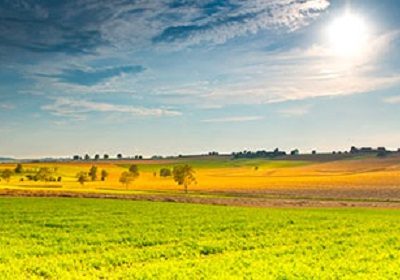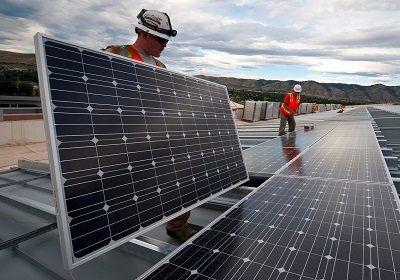Skeo / Case Studies / Providing a Renewable Energy Assessment for a Former Landfill in Michigan Providing a Renewable Energy Assessment for a Former Landfill in Michigan
Situation
Renewable energy facilities are a promising reuse option for many formerly contaminated properties. Abundant solar and wind resources can lead to renewable energy projects that generate clean energy and support jobs. Before these complex efforts can move forward, accurate assessments of site suitability and available energy resources are vitally important.
After cleanup of the Butterworth Landfill in Grand Rapids, Michigan, the City of Grand Rapids was looking to develop parts of the 120-acre area as a solar energy facility. The project would be part of the City’s sustainability strategy and count toward its goal of meeting 100 percent of its electricity needs from renewable energy sources by 2020. However, the locality was unsure how the remedy and long-term maintenance requirements might impact the feasibility of developing a solar energy facility on site.
Solution
Skeo worked with EPA Region 5 and the City of Grand Rapids on a renewable energy feasibility analysis, evaluating the landfill’s potential to support solar energy generation. The project included a suitability analysis based on site characteristics and technology criteria as well as a review of market and community incentives. A detailed financial analysis looked at the annual output and potential financial impacts of a solar project at the Butterworth Landfill.
Outcomes
Skeo’s solar reuse assessment identified a 38-acre area that could support on-site solar arrays. It also looked at ways to achieve broader community goals, identifying areas well suited for recreation. The assessment provided the City with information it needed to move forward, showing how cleanup could align with redevelopment goals and renewable energy incentives. The City is currently planning a solar facility that will power a water treatment facility near the site.
Would You Like a Free Consultation?



